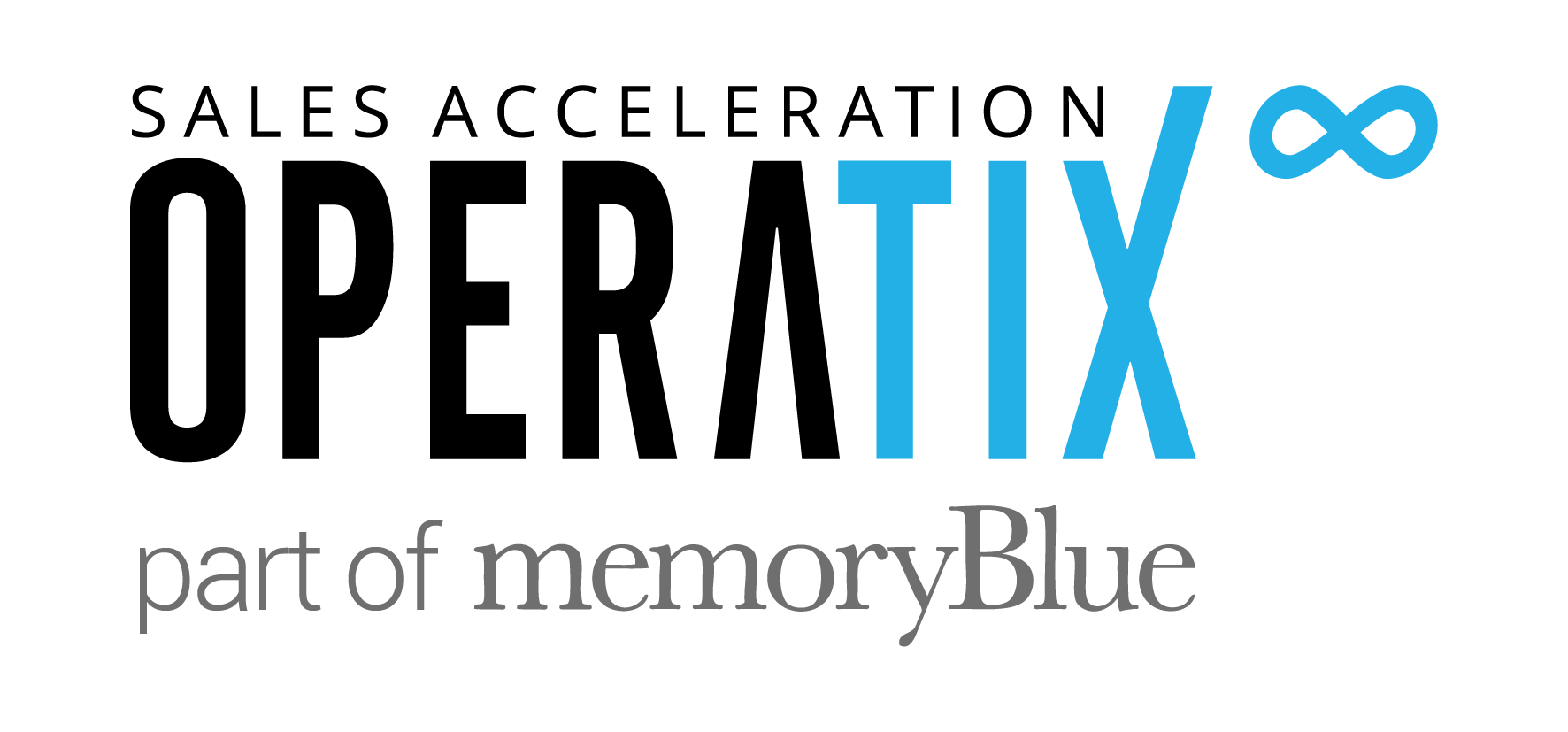Misalignment stymies the development of your business. If your sales, marketing, and customer success teams aren’t working towards the same goals, it leads to friction and inconsistency in the customer experience — and that ultimately takes a toll on growth.
Mike Simmons, CRO of Cybsafe, has developed a methodology he calls DARE that tackles the issue of alignment and he breaks it all down in this episode.
We talk about what DARE stands for, how to get teams to work together towards an overarching goal, the biggest challenges with alignment, and how to measure alignment.
DARE to Grow
To start, let’s specify what DARE stands for:
- Demand – How are you generating demand in the marketplace?
- Acquisition – How are you acquiring customers?
- Retention – How are you keeping the customers you already have?
Expand – How are you expanding your organization, whether that’s delivering additional products and services or increasing the scope of the audience you reach out to?
The purpose of this acronym is to make it clear across the organization what the overarching goals are.
Traditionally, most organizations separate these activities into marketing, sales, and customer success/account management. But, according to Mike, those terms carry a lot of bias and misalignment along with them.
That’s why his team focuses collectively on demand, acquisition, retention, and expansion.
Getting Teams to Work Together
The big question is how do you get all departments within your organization to buy in to the idea of working together towards a common goal?
“I think the first place to start is clarity around what we’re trying to do, why we’re trying to do it, and then who we’re doing it for,” Mike says.
Those considerations focus on the business side of the equation. But you should also gain clarity on the customer’s perspective:
- What problems do they have?
- Who cares about these problems?
- Why do they care about these problems?


If we understand the who, what, and why from the business and customer perspectives, we can then start to identify patterns inside there and see where those dots start to connect.
Mike Simmons – CRO at Cybsafe
If you can connect those dots within your organization, you are better able to create alignment between departments and the interactions you have with your customers. You are able to simplify the tools and processes your company employs and ensure that your teams aren’t talking past each other.
As a result, you will reduce friction and ultimately grow.
The Challenges of Alignment
Companies fail at finding alignment all the time. That’s because there are some distinct challenges to getting your entire organization to row in the same direction, so to speak.
Personal Agendas
“The biggest challenge with alignment is when people start operating from the perspective of driving their own personal agendas,” Mike says.
This is one of those instances that can drive an organization to think of itself as separate pieces rather than a holistic entity with the same overarching goals.
Inconsistent Vocabulary
Another challenge revolves around language. A lot of organizations — especially those operating out of multiple different countries — find it difficult to use the same vocabulary when talking about the same things.
That can create some misalignment and confusion when discussing things internally, as well as some inconsistency within the customer experience.
Overcomplicating Matters
Along the same lines of using inconsistent language, many organizations tend to overcomplicate things by inventing complicated jargon and designing their own sets of processes within departments.


The common mistake that organizations make is we tend to overcomplicate a lot of the work that we do.
Mike Simmons – CRO at Cybsafe
The more complicated an entity becomes, the more confusion will reign. That will create more problems than solutions inside the organization.
“It’s about understanding perspective, applying tools, and really working to keep things simple,” Mike says.
Leadership Mistakes
Leaders can create problems within organizations by demonstrating a lack of clarity and a lack of focus on what’s most important.
It often results in organizations that constantly chase every new and shiny thing that happens within their industry.
The better option is to consider each new and shiny thing in the context of your primary goals as an organization. Does it align with them? Will it help drive your broader objectives?
If the answer is yes, then maybe you should pursue it. But if the answer is no, maybe you shouldn’t. At the very least, you should put it to the side and maybe pursue it later when the timing is more appropriate.


Leaders get distracted by the thing that’s happening inside the market.
Mike Simmons – CRO at Cybsafe
Measuring Alignment
In this era of big data, we’ve all become accustomed to measuring the success of initiatives with daily dashboards, OKR’s or KPIs. So how does one go about measuring the success of alignment initiatives?
That’s a tough nut to crack according to Mike.
“I don’t know that you can measure it with traditional measurements,” he says. “You have to get into management by walking around, you’ve got to go and engage with your team and your people.”
There are certain things you could look out for such as whether your company uses the same language when describing a problem that exists.
You can also dig into whether your employees enjoy the work they are doing and whether they feel they have a positive impact on the business. If some of your employees say no to either of those questions, it could be a symptom of misalignment.
Ultimately, the true evidence that you’ve gained alignment as an organization lies in the progress you’ve made towards accomplishing the primary goals of your business.
Get in touch with Mike on LinkedIn or at Cybsafe.
To hear this interview and many more like it, subscribe to The B2B Revenue Acceleration Podcast on Apple Podcasts, on Spotify, or on our website.





